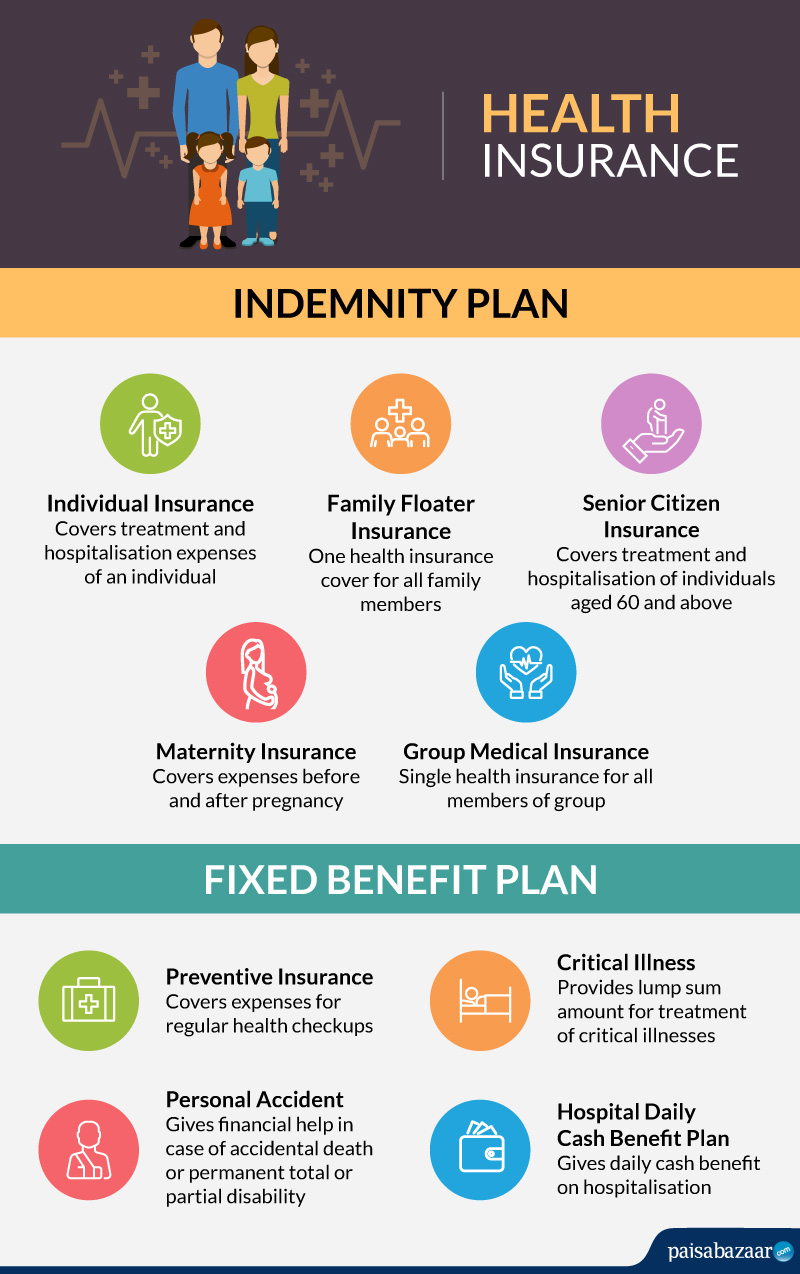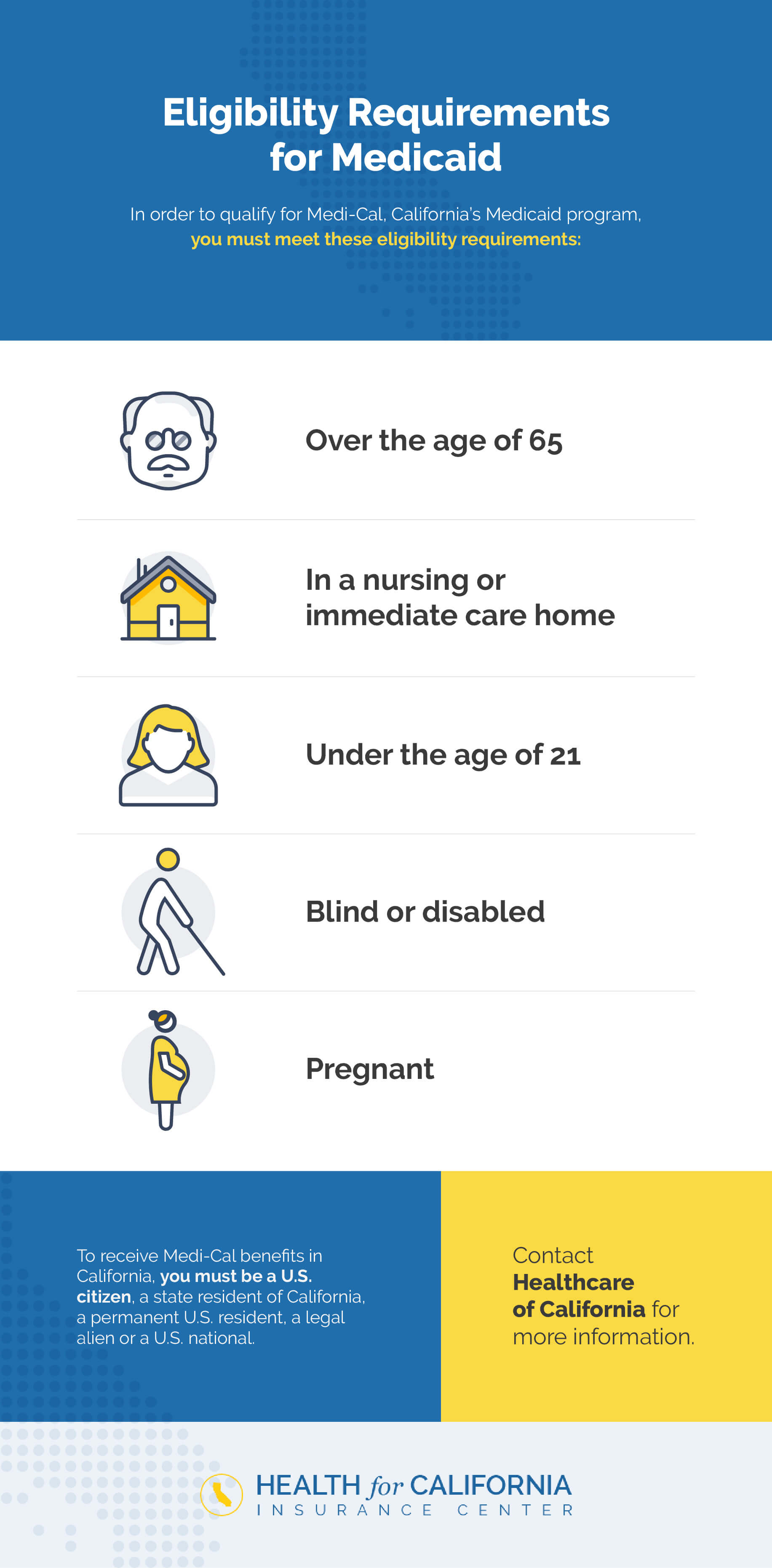The Of Medicare Advantage Agent
The Of Medicare Advantage Agent
Blog Article
A Biased View of Medicare Advantage Agent
Table of ContentsGetting The Medicare Advantage Agent To WorkGet This Report about Medicare Advantage AgentSome Ideas on Medicare Advantage Agent You Need To Know

adheres to from perplexing the relatively young age profile of the without insurance with the better health and wellness, usually, of more youthful persons. This covers the link between health and wellness standing and medical insurance. For those without accessibility to office health insurance, poor health and wellness is a potential barrier to purchasing nongroup coverage since such protection may be extremely priced, omit preexisting conditions, or be simply inaccessible. The variety of without insurance Americans is not particularly big and has actually not transformed recently. 7 out of 10 participants in an across the country representative study assumed that less Americans lacked wellness insurance than really do(Fronstin, 1998). Roughly half(47 percent )believed that the number of people without medical insurance decreased or remained constant over the last fifty percent of the last years(Blendon et al., 1999). This drop of nearly 2 million in the variety of people 'without insurance coverage (a reduction
of about 4 percent)is definitely a favorable adjustment. With a softer economic climate in 2000 the current reported gains in insurance coverage may not proceed(Fronstin, 2001 ). The decline in the number of uninsured will not continue if the economic climate continues to be slow and healthcare costs continue to outpace rising cost of living. This is because the data were gathered for a duration of strong economic performance. Of the estimated 42 million people that were without insurance, all but regarding 420,000(concerning 1 percent)were under 65 years old, the age at which most Americans come to be qualified for Medicare; 32 million were grownups in between ages 18 and 65, about 19 percent of all adults in this age team; and 10 million were kids under 18 years of age, concerning 13.9 percent of all children (Mills, 2000). These quotes of the variety of persons without insurance are generated from the annual March Supplement to the Present Population Survey (CPS), conducted by the Demographics Your Domain Name Bureau. Unless otherwise noted, nationwide estimates of individuals without medical insurance and percentages of the population with various kinds of protection are based upon the CPS, the most widely utilized source of quotes of insurance policy coverage and uninsurance prices. These surveys and the quotes they generate are described briefly in Table B. 1 in Appendix B - Medicare Advantage Agent. These surveys differ in size and tasting techniques, the inquiries that are asked concerning insurance policy
Medicare Advantage Agent Fundamentals Explained
insurance coverage, and the time period over which insurance coverage or uninsurance is resource measured(Lewis et al., 1998, Fronstin, 2000a ). Still, the CPS is particularly helpful since it produces annual estimates relatively quickly, reporting the previous year's insurance coverage approximates each September, and because it is the basis for a consistent set of quotes for more than 20 years, permitting evaluation of patterns in insurance coverage with time.

3 Easy Facts About Medicare Advantage Agent Explained
Over a three-year duration starting early in 1993, 72 million people, 29 percent of the U.S. population, were without insurance coverage for at the very least one month. Within a single year(1994), 53 million individuals experienced at least a month without protection(Bennefield, 1998a). Six out of every ten without insurance adults are themselves utilized. Functioning does enhance the likelihood that one and one's household participants will have insurance, it is not a warranty. Even members of households with 2 full-time breadwinner have virtually a one-in-ten opportunity of being without insurance (9.1 percent uninsured price)(Hoffman and Pohl, 2000 ). The relationship between health insurance policy and accessibility to care is well established, as documented later on in this chapter. The connection between health insurance and health outcomes is neither direct nor straightforward, a considerable professional and wellness services research literature web links health insurance policy coverage
to improved better to care, better much betterHigh quality and improved boosted and population populace statusStanding The second report, on individual wellness results for without insurance adults, is stood for by the inner circle of the number, while the third record, on family members health, includes the topics of the second report yet highlights a various system of evaluation, namely, the family. The sixth record in the collection will offer details regarding techniques and efforts carried out locally, statewide, or nationally to deal with the absence of insurance coverage and its adverse visite site impacts. Levels of evaluation for analyzing the impacts of uninsurance. This conversation of medical insurance coverage concentrates mostly on the U.S. population under age 65 due to the fact that practically all Americans 65 and older have Medicare or other public insurance coverage.
The independent and straight result of health
insurance insurance policy on access to health health and wellness is well established. For still others, wellness insurance coverage alone does not guarantee receipt of treatment due to the fact that of other nonfinancial barriers, such as an absence of wellness care suppliers in their community, limited access to transportation, illiteracy, or etymological and cultural distinctions. A modification in insurance coverage costs or terms, as well as changes in earnings, health, marital standing, terms of work, or public plans, can set off a loss or gain of health insurance protection.
Report this page